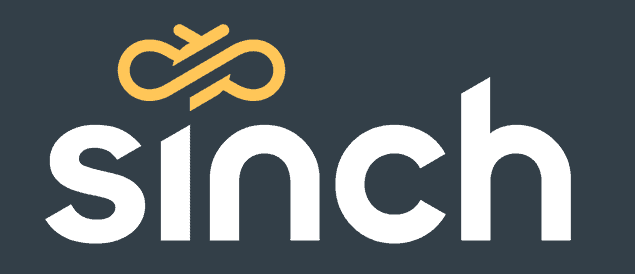In association with

How did car insurer AA reduce its customer handling times by 40 per cent? Simple. It gave customers the ability to self-serve using a chatbot. In this Executive Insights video supported by Sinch, Louise McCormack, Customer Lifecycle Manager at AA Ireland, explains more.
No one looks forward to buying insurance. It’s a ‘necessity’ purchase. So the onus is on insurance providers to make the buying process as speedy and hassle-free as possible. In 2019, AA Ireland found a way to increase quote conversions by 11 per cent in a matter of weeks.
How? It gave customers the chance to set up a policy by ‘talking’ to a chatbot.
The company built the bot after realising that customers were using digital channels to browse the policies but not to buy them.
“Customers were getting quotes online, but they weren’t finishing them online,” says Louise McCormack, former Customer Lifecycle Manager at AA Ireland. “That’s where the bot came in. For some people the bot would handle the whole conversation. It would answer questions, make suggestions, it could ‘objection handle’, increase the excess to lower the premium – customers could do all this on the phone to get the policy set up.”
Customers don’t want to call. They want to self serve. They’re very independent. They are expecting to do things digitally – like add a driver through their phones. Traditionally they would have called a call centre to do that. Now, they want to do that on the mobile“
McCormack, speaking to MEF exclusively at Chatbot Summit in Berlin, added that the results were almost immediate. As well as boosting online conversions by 11 per cent, the bot sessions also radically reduced the workload of call centre agents.
Handling times fell by 40 per cent for customers that had already interacted with the bot because most of the processing was already done.
Industry research confirms that customers across all verticals are choosing chatbot interactions where available. According to a study by messaging provider Sinch, nearly two in three people have had positive experiences using them. And 68 per cent said chatbots were able to answer their questions more quickly than a human agent could.
McCormack says launching a bot is a no-brainer in a world in which customers are demanding more autonomy.
“Customers don’t want to call. They want to self serve. They’re very independent,” she says. “They are expecting to do things digitally – like add a driver through their phones. Traditionally they would have called a call centre to do that. Now, they want to do that on the mobile.”
And she stresses that launching a bot need not be onerous. Quite the contrary. It’s very straightforward. She says: “People are mystified about chat bots. They are not that complicated. If you know what you want to do, you can figure out how to design for that, and then work with a chat bot company to build it.
“For us, the greatest win was to steer the conversation. We know the top 50 key queries, and for the most part we could design the two to three questions that can get people to 80 per cent of the answers. And if you know (these answers) are exactly what your customers wanted, why would you not do that?”




